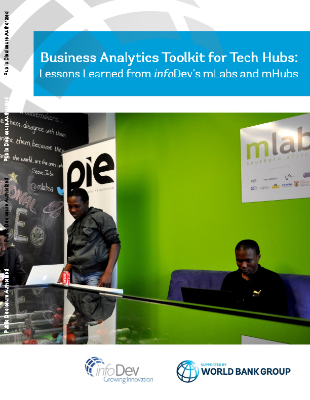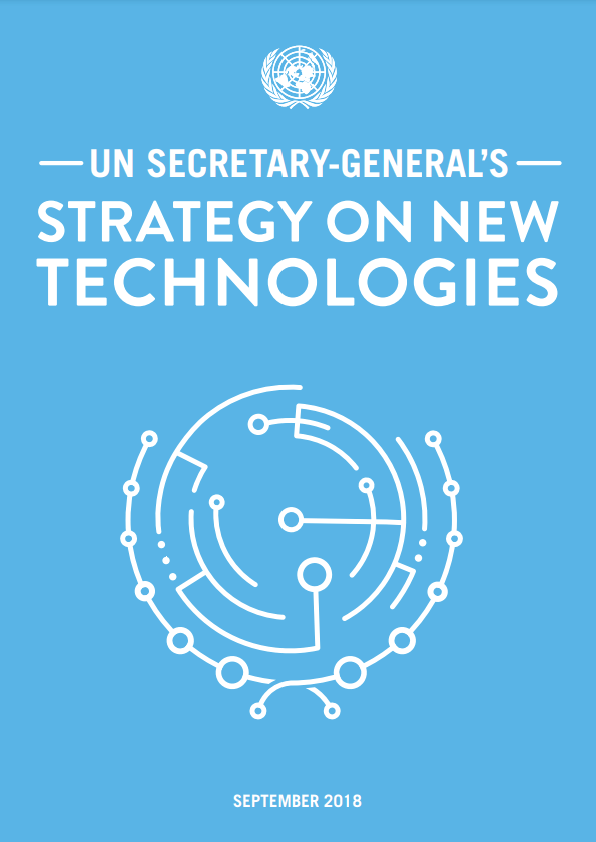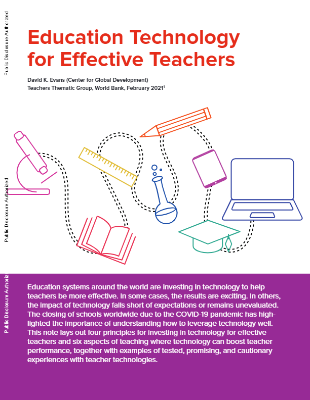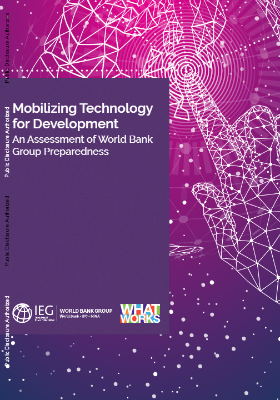Learning electronic theory is all well and good, but like most real tasks, electronics is 20% theory and 80% practice. Just because a circuit works in a simulation does not mean it will work in real life. Take a look at some high-tech printed circuit boards (such as a motherboard) and you will quickly find strange layout techniques. A classic example is matching the trace lengths for signals in a bus; traces meander back and forth to ensure that bus signals reach their destination at the same time.
So put down your pencil and stop fine-tuning that SPICE circuit, because it’s time to get out the breadboard, soldering iron, and component bin! In this book we will look at many experiments and guided examples that range from setting up an electronics workshop to constructing 7-segment displays.
Electronics is a science, and a very accessible science at that. With other areas of scientific study, expensive equipment is generally required to perform any non-trivial experiments. Not so with electronics. Many advanced concepts may be explored using parts and equipment totaling under a few hundred US dollars. This is good, because hands-on experimentation is vital to gaining scientific knowledge about any subject.
When I started writing Lessons In Electric Circuits, my intent was to create a textbook suitable for introductory college use. However, being mostly self-taught in electronics myself, I knew the value of a good textbook to hobbyists and experimenters not enrolled in any formal electronics course. Many people selflessly volunteered their time and expertise in helping me learn electronics when I was younger, and my intent is to honor their service and love by giving back to the world what they gave to me.
In order for someone to teach themselves a science such as electronics, they must engage in hands-on experimentation. Knowledge gleaned from books alone has limited use, especially in scientific endeavors. If my contribution to society is to be complete, I must include a guide to experimentation along with the text(s) on theory, so that the individual learning on their own has a resource to guide their experimental adventures.
A formal laboratory course for college electronics study requires an enormous amount of work to prepare and usually must be based on specific parts and equipment so that the experiments will be sufficiently detailed, with results sufficiently precise to allow for rigorous comparison between experimental and theoretical data. A process of assessment, articulated through a qualified instructor, is also vital to guarantee that a certain level of learning has taken place. Peer review (comparison of experimental results with the work of others) is another important component of college-level laboratory study and helps to improve the quality of learning. Since I cannot meet these criteria through the medium of a book, it is impractical for me to present a complete laboratory course here. In the interest of keeping this experiment guide reasonably low-cost for people to follow, and practical for deployment over the internet, I am forced to design the experiments at a lower level than what would be expected for a college lab course.
The experiments in this volume begin at a level appropriate for someone with no electronics knowledge, and progress to higher levels. They stress qualitative knowledge over quantitative knowledge, although they could serve as templates for more rigorous coursework. If there is any portion of Lessons In Electric Circuits that will remain “incomplete,” it is this one: I fully intend to continue adding experiments ad infinitum so as to provide the experimenter or hobbyist with a wealth of ideas to explore the science of electronics. This volume of the book series is also the easiest to contribute to, for those who would like to help me in providing free information to people learning electronics. It doesn’t take a tremendous effort to describe an experiment or two, and I will gladly include it if you email it to me, giving you full credit for the work. Refer to Appendix 2 for details on contributing to this book.











